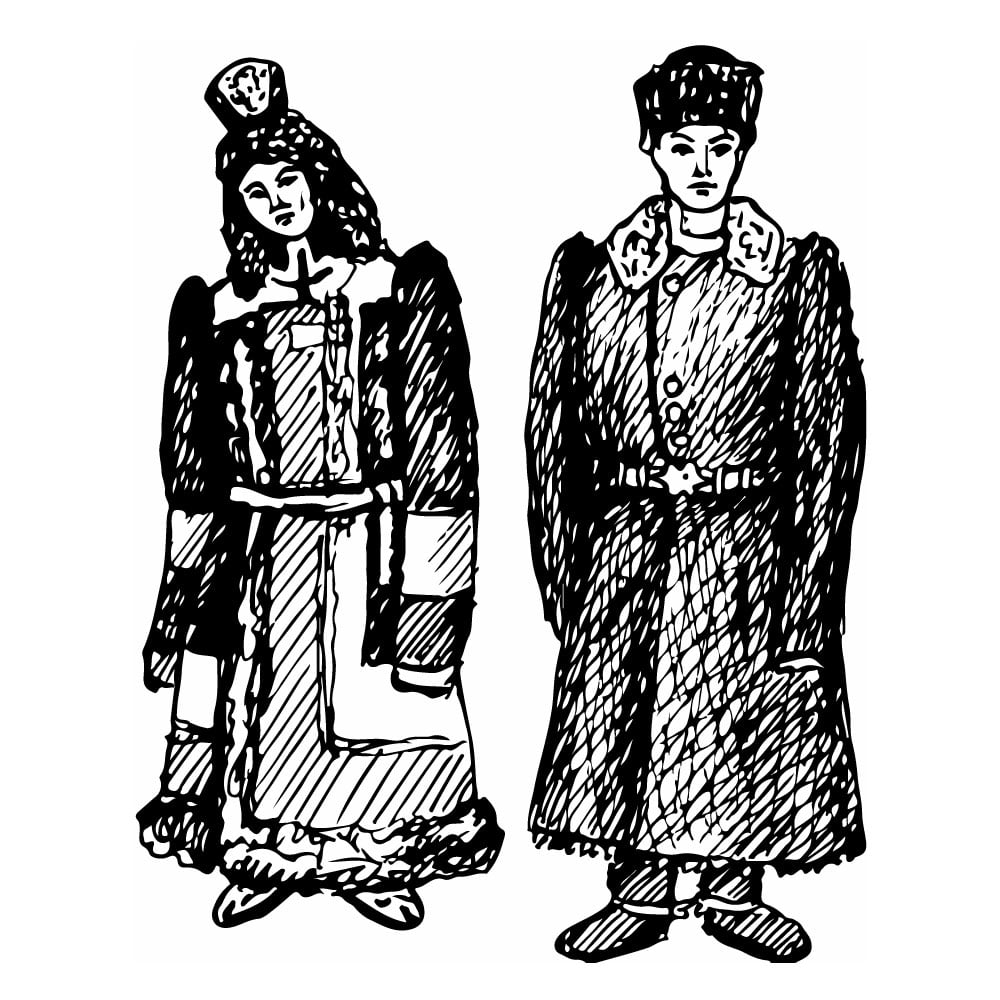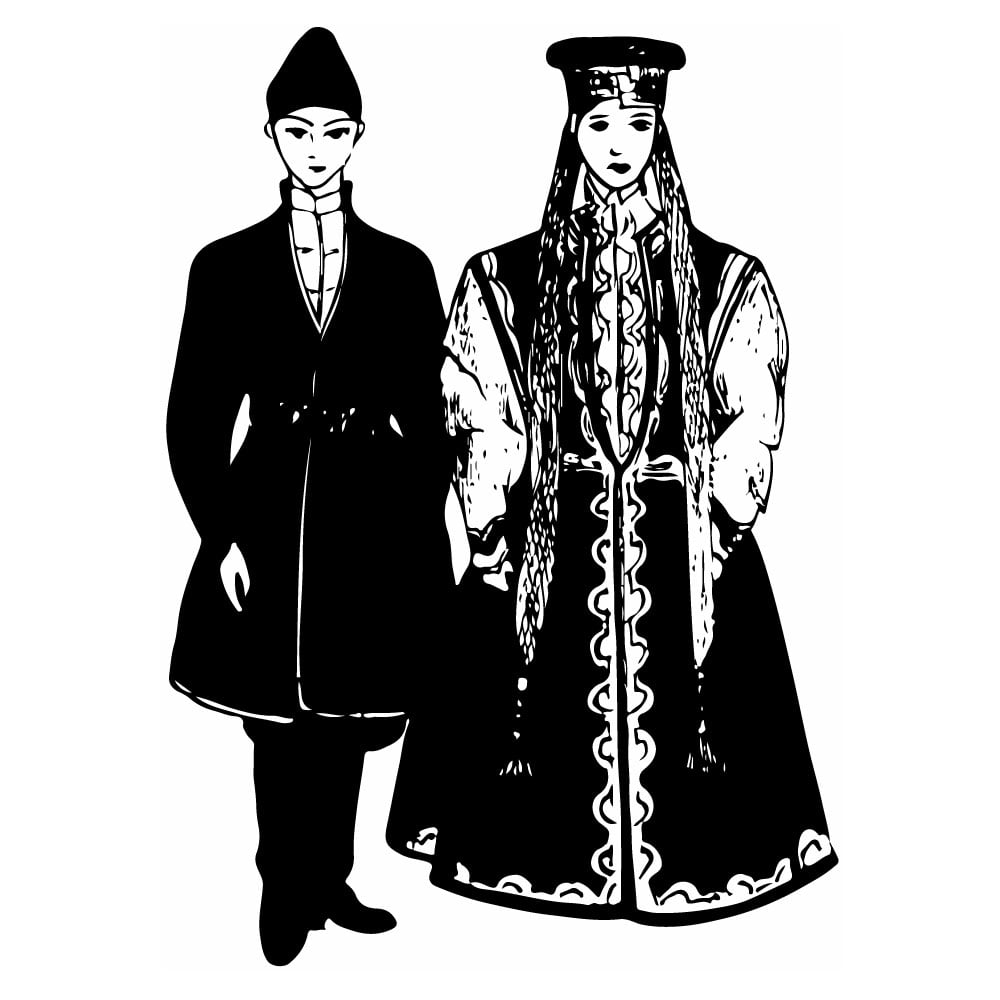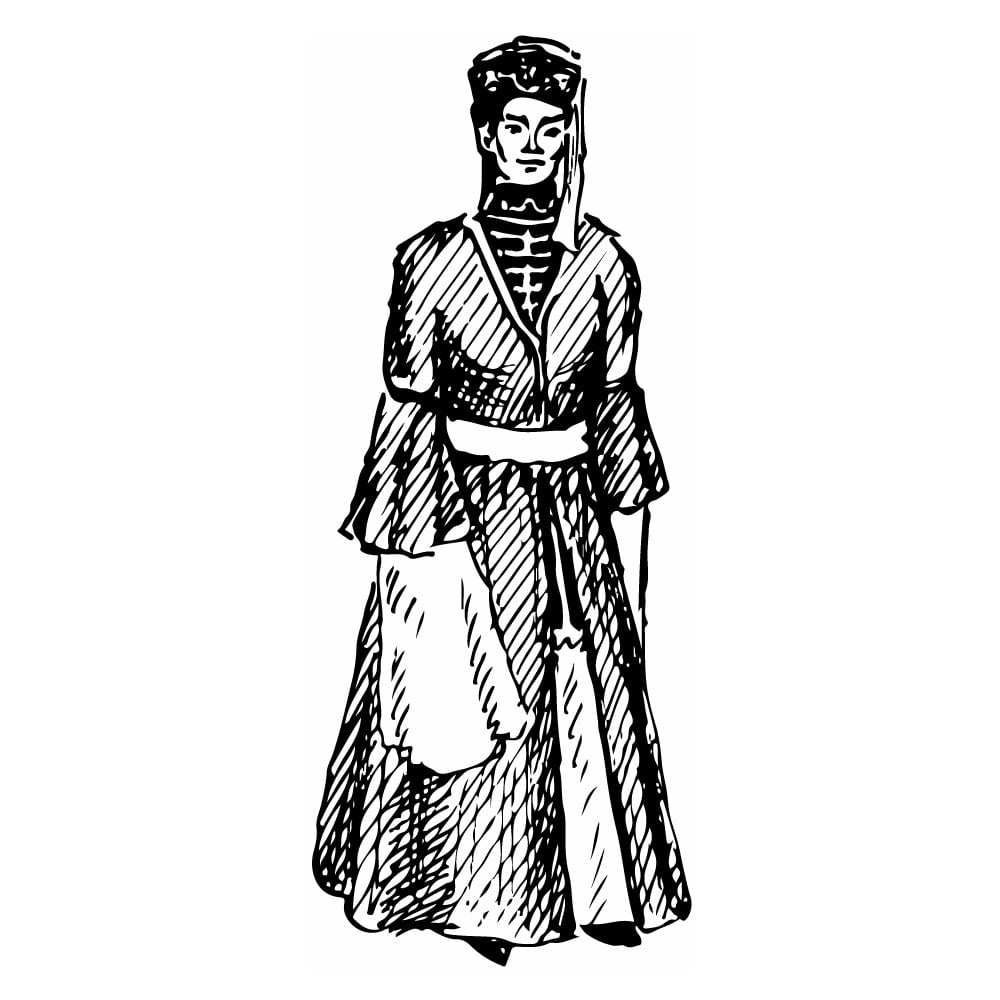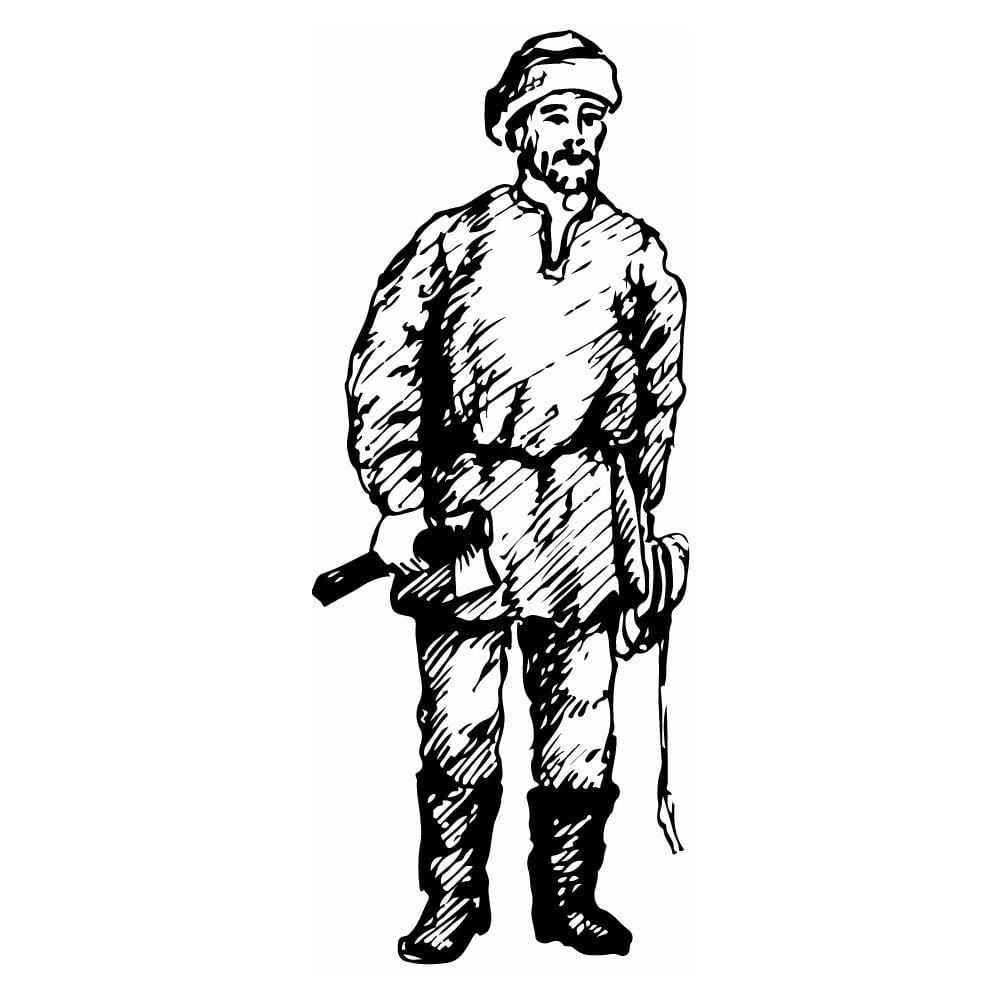Yakuts
| Population | 382,000 |
| Language group | Turkic |
| Language | Yakut |
| Region | Yakut Autonomous Republic, northern parts of Krasnodar Territory, Magadan, Sakhalin and Amur regions |
| Capital | Yakutsk |
| Religion | Christianity, Animism, Shamanism |
*Population estimates for 1994
The Yakuts constitute the native population of the Yakut Autonomous republic (Yakutia) which is one of the biggest (according to the territory) republic in Russian Federation. The Russian word “yakut” was taken from Tungus “jeko.” The Yakuts call themselves “sakha” or “urangai sakha” in some old chronicles.
By their language, the Yakuts belong to the Turkic-speaking peoples. However, the Yakut language somehow stands apart among other languages in this group. The vocabulary and particularly grammar have many Mongolian loans as well as units of Tungus origin. There are even some language elements of unknown origin.
The main territories of the Yakuts are: the Middle Lena River basin and the basins of the Lower Aldan and Vilui rivers. The Yakuts inhabit the Olekma estuary parts and can be found along the Yana, Indigirka, Kolyma, Olenek and Anabaru rivers. Almost all these Yakut territories lie in the east taiga zone that is partially mountainous and partially lowland.
The question of the origin of the Yakuts still remains one of the most complicated in the Siberia people study. The Yakuts have been considered to have come from southern parts of Siberia, mainly from Lake Baikal territories. It is most likely that a part of these southern migrants belonged to the Kurykans, a Turkic people inhabiting West Baikal Territories in the ninth-tenth centuries AD. Their northward migration was long and gradual.
The newcomers settled on new places merging with the local fishing and hunting population. In the course of economic and cultural communication the newcomers gradually assimilated with the natives. More progressive cattle-breeding farming and southern cultural elements as well as the Turkic language prevailed.
The first exact historical data about Yakuts can be found only since the time of their first relations with Russians, i.e. the 1620s, and their annexation to Russian Empire.
The prevailing branch of the Yakut economy that puts them in a prominent position among the neighboring peoples is cattle-breeding. In some Russian chronicles of seventeenth century the Yakuts are sometimes mentioned as “the horse people.” But in those times as well as today side by side with horse breeding the main branch of the economy was cattle-breeding. Fishery was also important. Hunting was the third, much less important branch of the economy of the Yakuts.
Raw material processing and manufacture of different items remained mainly the household or consuming but not commercial trades of the Yakuts. The most popular among them was wood and birch-bark processing and manufacture.
Wooden and birch-bark utensils, dishes, furniture and smaller items were numerous, versatile and skillfully and artistically carved. Wooden dishes were often carved in patterns while the birch bark ones were decorated with horse hair.
Metal and leather processing was widely spread. These materials were used to manufacture clothes, footwear, headdresses, bedding, carpets, blankets, and so on.
Yakut pottery puts the nation in a prominent place among the neighboring ones. Mammoth bone processing was a rare but very interesting artistic trade, different items including treasure boxes were made of it.
Already in the second half of the eighteenth century half of the Yakuts were baptized, and in the nineteenth century all Yakuts were Orthodox. Gradually the new religion penetrated into everyday life. In yurta (Siberian house) there was a red corner with icons. The Yakuts wore crosses and visited church regularly. Nevertheless, old religious beliefs still survived, shamans still enjoyed great popularity. Besides Shamanism, the Yakuts had another cult: the so-called industrial cult. The chief deity of this cult was Bai (Bayanai) who was the spirit of forests and hunting and fishing protector.
The Yakuts have rich folklore, but their songs are very few. There is almost complete lack of musical instruments.
One of the most interesting forms of the verbal folklore is heroic epic. It goes side by side with historical legends of the Yakuts. Historical epic, especially fairy tales about animals, is very rich and fascinating.
At present, the traditional Yakut overall fur costume (fur jacket, fur trousers and knee caps) is used only by trade hunters and fishers. Boas (squirrel fur scarves) are hardly used today. Instead, they wear common factory made ones. Summer hats with wide rims are made of horse hair. In towns and villages men’s and women’s clothing stand very close to modern ones by their cut.
This is Ad 1





























